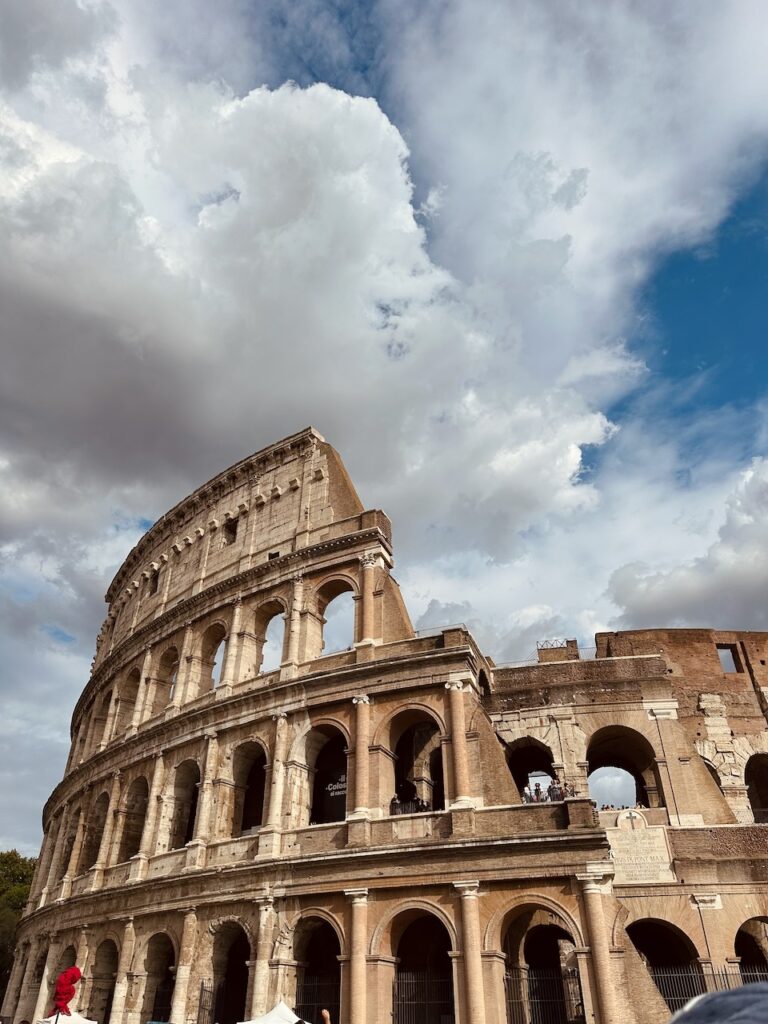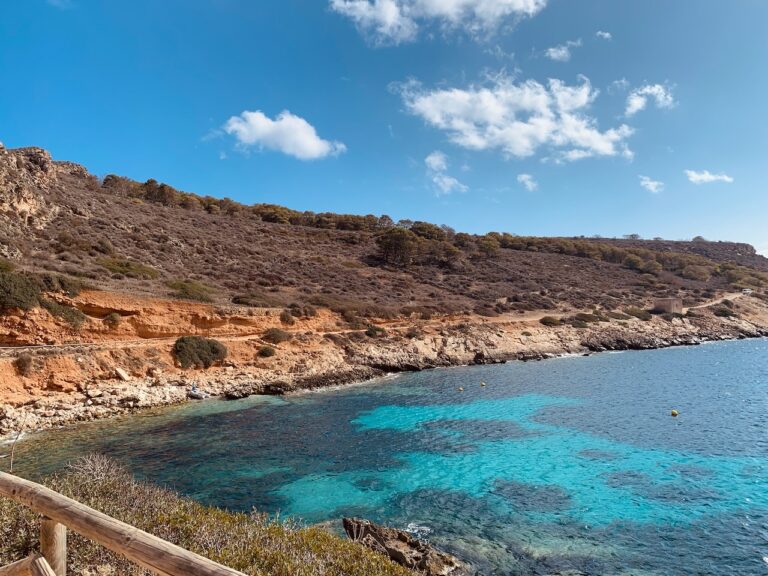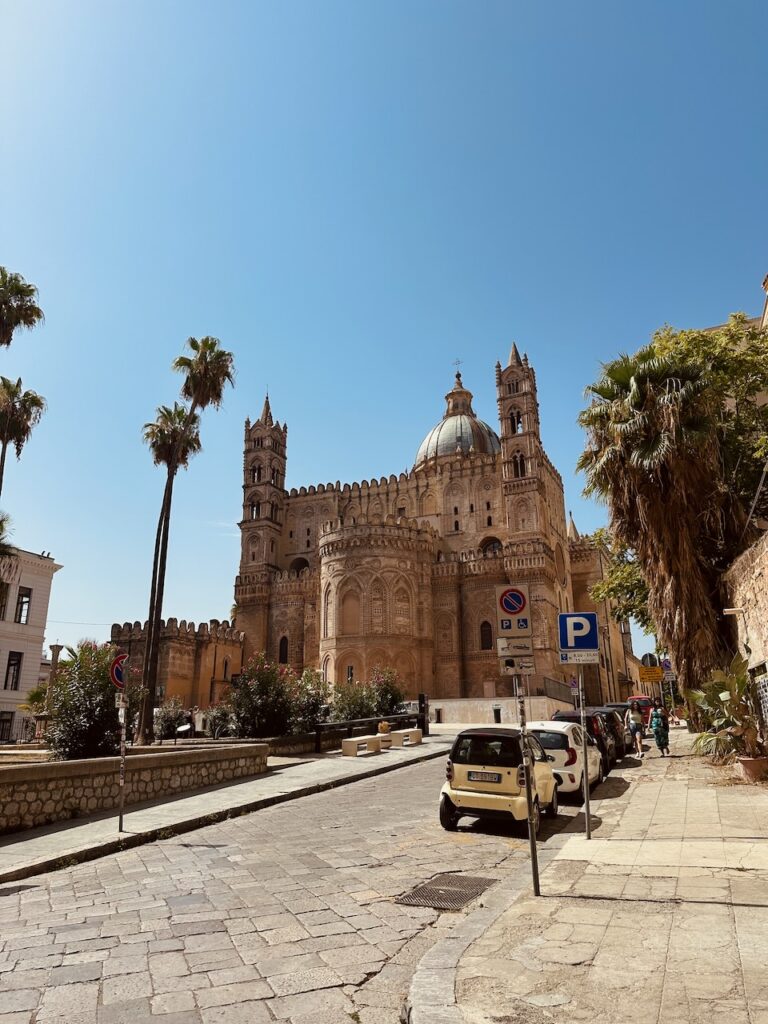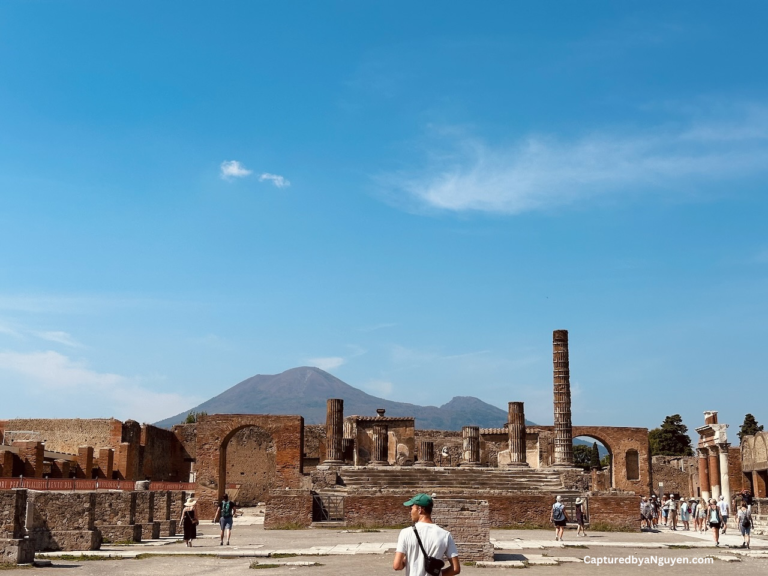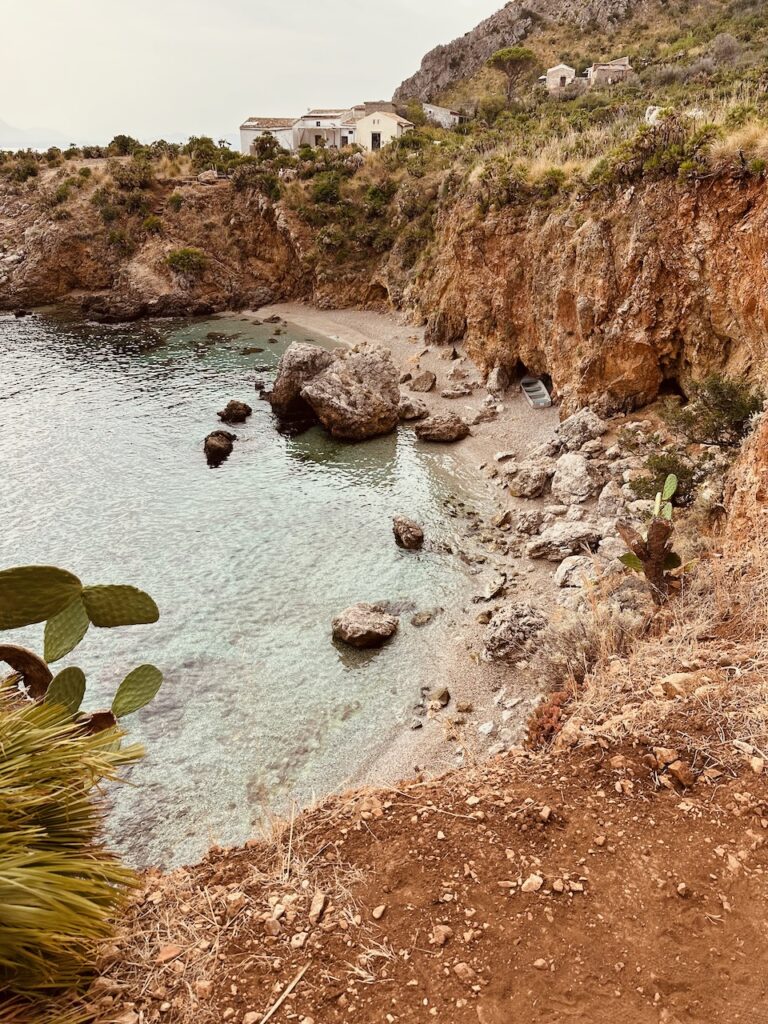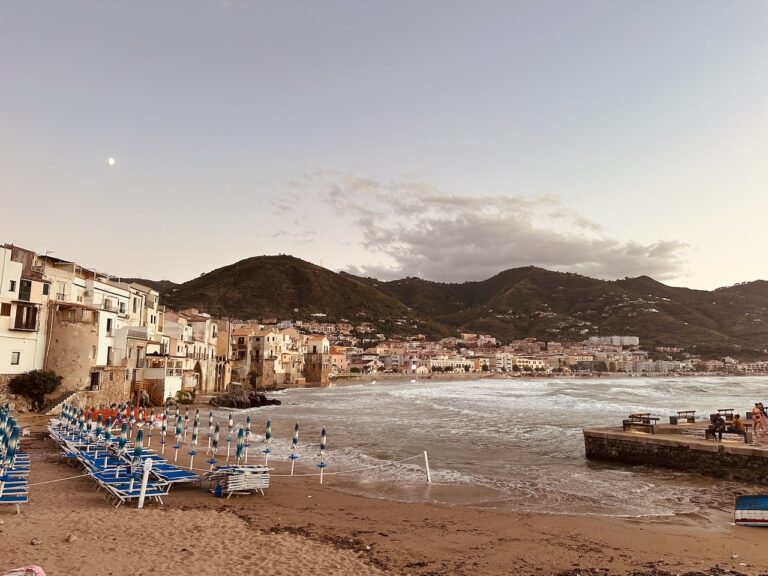Driving In Sicily: Where Chaos Meets Common Sense
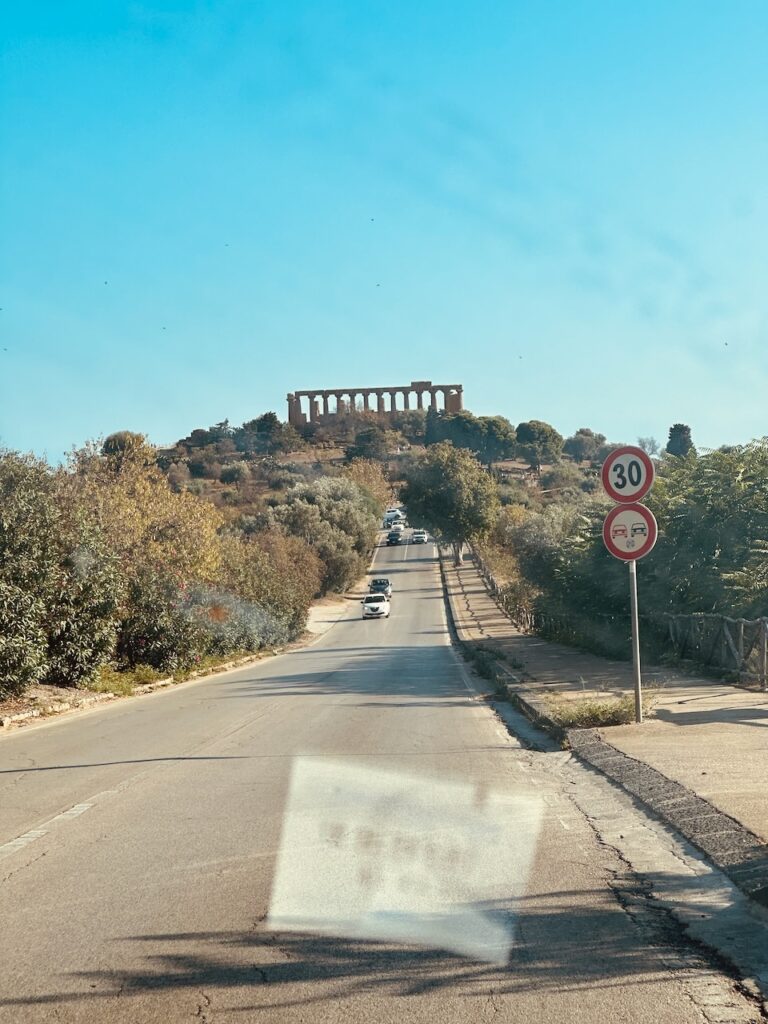
It took about a week and hours of sweaty palms to finally accept that driving in Sicily is more of a feeling than a clear set of rules. It is a place where speed limits are more of a suggestion and just because a road has two lanes doesn’t mean it can’t fit four or five cars. Buckle up and embrace the chaos; before you know it you will drive like a local. Just don’t bring those habits home with you.
While much of driving in Sicily is common sense or best learned by following the lead of others on the road, there are a few things to know before you arrive that will make your life easier… and maybe save you a little money. Here are our tips and lessons learned during our 10 day road trip in western Sicily.
Do You Even Need a Car?
If you are coming to Italy and are planning to visit some of the major cities like Rome or Naples, renting a car doesn’t make much sense. You can take the train between your destinations and explore each city by foot or public transit. Renting a car would be more of a burden than a benefit.
But western Sicily is a different story. Once you get out of the main hubs like Palermo, public transit between and within destinations is poorly managed, unreliable, or sometimes nonexistent. Notable exceptions include taking the bus between Palermo and Trapani or a train from Palermo to Cefalu. But for everything else, you will want to rent a car. This will allow more flexibility in your stops, including where and when you want to go. We would have completely missed some of our favorite places had we tried to rely on public transit.
For those too timid to drive, we have heard some people have had success hiring a driver for day trips. However, this would be an incredibly expensive way to travel. Plus it takes away some of the exploring and discovery on your own that makes travel so exciting.
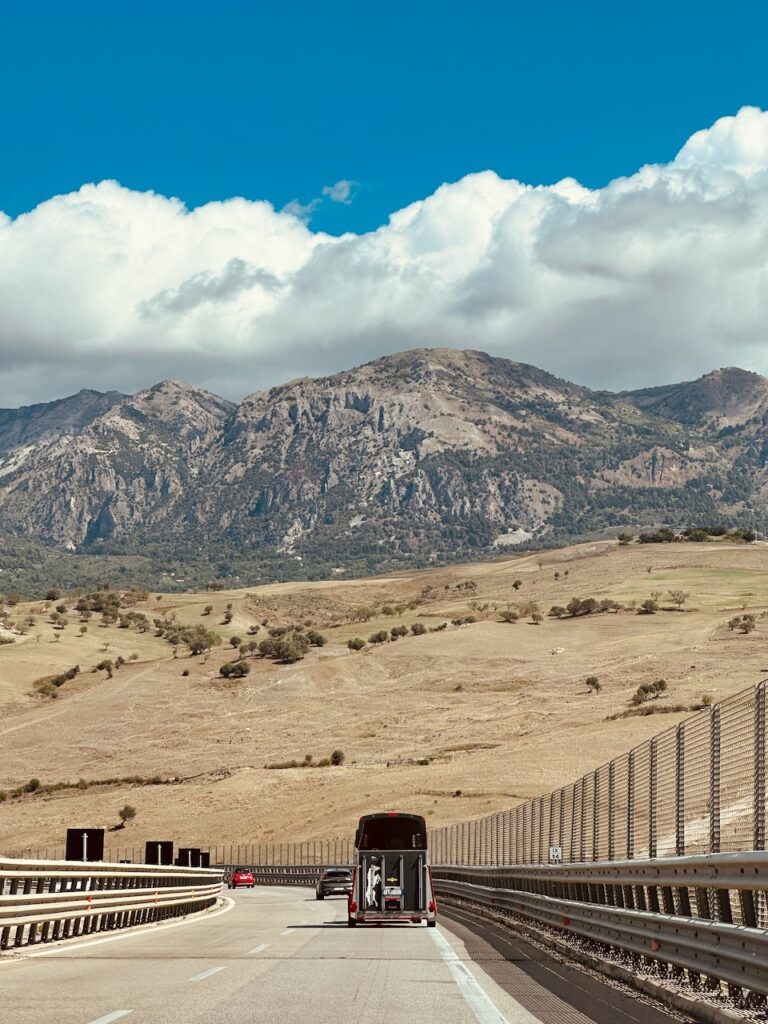
Ok, We Are Convinced, Where Should We Pick Up Our Vehicle?
You are probably starting or ending your trip at the airport, so make your life easier and rent your car there. The convenience is well worth the few extra dollars it will cost over rental companies based further away. We arrived in Palermo by ferry, but still opted to rent from the airport since that is where we planned to end our road trip. Airports also have the advantage of being located away from major metro areas. For example, Palermo airport is about an hour from downtown. This will avoid the baptism by fire of having to experience your first minute of Sicily driving in bumper to bumper traffic.
Which Rental Car Company to Use?
There are a number of rental car companies in Sicily, and none of them have particularly great reviews. We rented with Avis due to having access to a corporate discount. While our experience was great, one-time renting is probably not a good predictor of future experiences.
As a good rule of thumb, we recommend going with one of the major companies (Avis, Hertz, EuropCar). They tend to have more established and reputable business practices and larger customer support teams in case you run into an issue. There are numerous posts online that suggest avoiding local companies like Sicily by Car due to deceptive practices like charging for existing exterior damage, but we can’t speak personally to those experiences.
When booking, a great place to look is autoeurope.com, autoeurope.eu, etc. This is an aggregator website that can offer better deals than booking directly with a specific rental company.
How Does Insurance Work?
Renting a car in Italy is a bit different than anywhere else we have been. That is because Italian law requires all rentals to include a collision damage waiver (CDW). This essentially is mandated insurance included in the rental price that covers damage to the vehicle. The catch is that it often has a several thousand Euro deductible. Each rental car company has a different deductible, but we have seen anywhere from €1,500 to €2,500. So for example, if the deductible is €2,000, and they deem you did €3,000 damage to the car, you would be required to pay the €2,000 deductible. Any overages would be covered by the CDW insurance.
Most rental companies will offer supplemental coverage (aka full coverage), where you can pay an additional fee so your CDW deductible is €0. This is often purchased at the time of pickup and can be upwards of €500 for a week. Whether to get supplemental rental car insurance was the biggest question we had when booking. Italian drivers combined with narrow streets tend to equal the occasional bump or scratch on your car, or worse. Just look at the cars around you when you get there and it will be hard to find one that is still in pristine condition. Any little ding can result in hundreds of Euros in fees upon returning your vehicle. Supplemental coverage makes it so you are not responsible for any damage you may accumulate on your travels, giving you peace of mind. It is also zero hassle since there will far less paperwork at the airport if damage is discovered drop-off. This way you don’t have to budget extra time before catching your flight. If you go with this option, autoeurpe.com has a search filter feature that includes supplemental coverage, and this coverage is often renegotiated and cheaper than what the rental car company would offer at the time of pickup.
CDW Deductible Tip
We are not ones to pay for add-on… We already pay way too much for insurance back home in the United States. Fortunately, we had another option…credit card rental coverage. If you book and pay for your car rental using a qualifying card, your credit card company will cover the CDW deductible. So no need for supplemental insurance. Only certain cards offer this benefit. The added catch is that your credit card will require you to turn down any additional coverage offered through the rental car company at the time of booking. Because in Italy, CDW is mandatory this can sometimes waive your credit card coverage because it technically counts as additional coverage. So we recommend contacting your credit card company and getting a written letter confirming your coverage benefits. Just be prepared to do lots and lots of tedious paperwork if you ever need to make a claim. We were covered under our Alaska Airlines credit card, and have heard that the Chase Preferred and Reserve cards also offer similar coverage.
Tip: Make sure to take lots and lots of pictures of the interior and exterior of your car (including the roof, rims, and under the bumpers.) Using a cellphone is ideal since the pictures need to be timestamped. Also, if you opt for supplemental coverage through the rental car company, be sure to read the terms very closely. Some supplemental coverages are not full coverage in the truest sense of the word, and have loopholes that will leave you liable for damages.
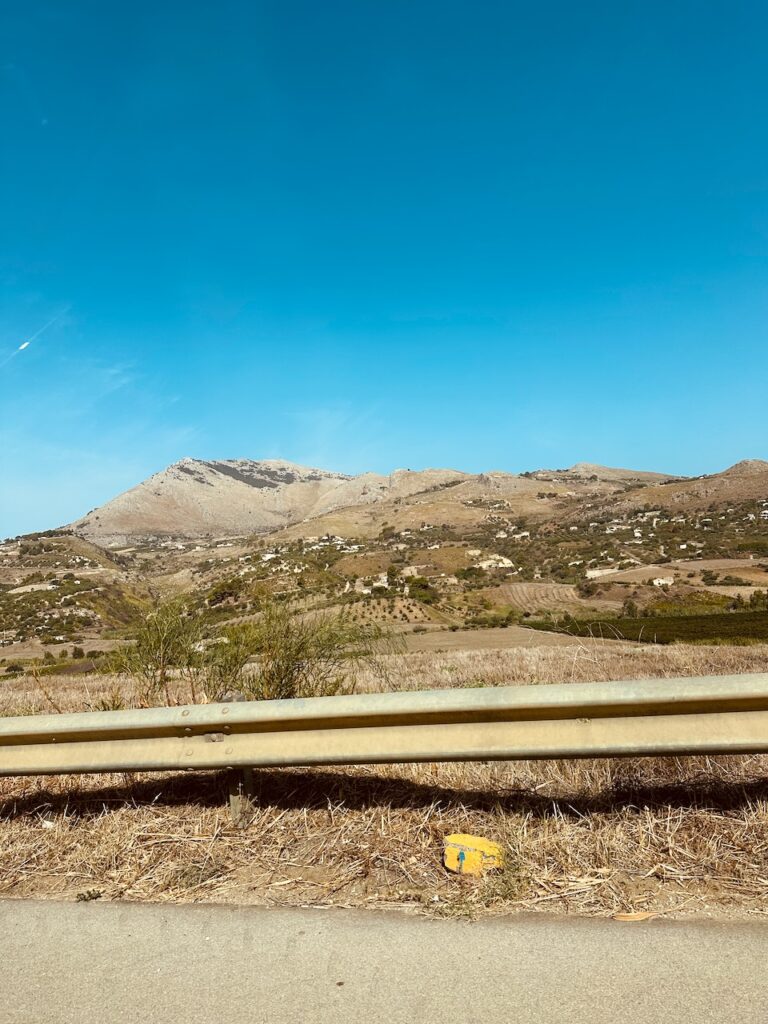
Getting Your International License
If you don’t have an EU license, an international driver’s license is required to drive a vehicle in Italy. Our rental car company never ended up checking our license, but don’t bank on that. Regardless, you can be sure police would want to see it should you get pulled over. If you are based in the US, you can your international license through AAA for U.S. $20. It is done the same day, and you will need two passport photos.
Tip: To avoid outrageous passport photo fees take your own picture against a white background (using the parameters on the US Department of State passport website or your home country equivalent) and then use any number of free applications that enable you to print out six 2X2 photos on 4X6 photo paper. It is about one-twentieth the cost of printing out a 2X2 photo at your local pharmacy.
When in Doubt, Upgrade to an Automatic
Most cars in Italy are manual transmissions, not automatic. If you are coming from North America, odds are you don’t know how to drive a manual vehicle and the steep and windy roads of Sicily are probably not the best place to learn. So if you are not confident in your abilities, make sure that the rental you book specifies that it is an automatic. It may cost you a few hundred extra dollars per week, but accidentally rolling into the car behind you could cost even more.
Size Does in Fact Matter
Even if you have never been to Italy, you probably heard that the roads in Italy are small. In reality, they are even smaller than what you are picturing. So be sure to pick the smallest vehicle that works for you. Common models are the Fiat 500 or Hyundai i10. Not only will it make navigating city streets easier and your petrol bill cheaper, but you will appreciate the size if you ever need to parallel park.
Traffic Signs and the Dreaded ZTE
If you take one lesson from this post about navigating Sicilian streets, avoid the ZTE (Zona Traffico Limitato), aka a pedestrian-only zone. Every town has them, and they are marked by a sign displaying a white circle with red border. These areas prohibit vehicles from entering certain sections of a town or city during all or part of the day. And just because you see someone in front of you entering the zone, do not follow suit. Often monitored by traffic cameras, you will rack of hefty fines for entering these areas (that will also include processing fees when mailed to you by your rental car company a few months later). Most of the time it is fairly obvious where you can or can’t go, just stay alert.
Some other notable signs that can be confusing to non-EU drivers include a blue circle with red boundary with a single red diagonal slash to mark no parking, or a red “X” indicating no stopping is allowed.
Parking in Parallel
When it comes to parking, even if you are a pro at parallel parking just park in a lot. On several occasions we observed drivers knocking bumpers as they rocked forward and back out of their parking space. Or on a particularly memorable night in Naples, an old Italian man rolled into and pushed over a motorcycle. Parking lots reduce the likelihood you will incur damage to your vehicle that will ultimately cost you money and time to sort out with the rental car company. However, if you decided to get the supplemental CDW insurance…then parallel part till your heart is content.
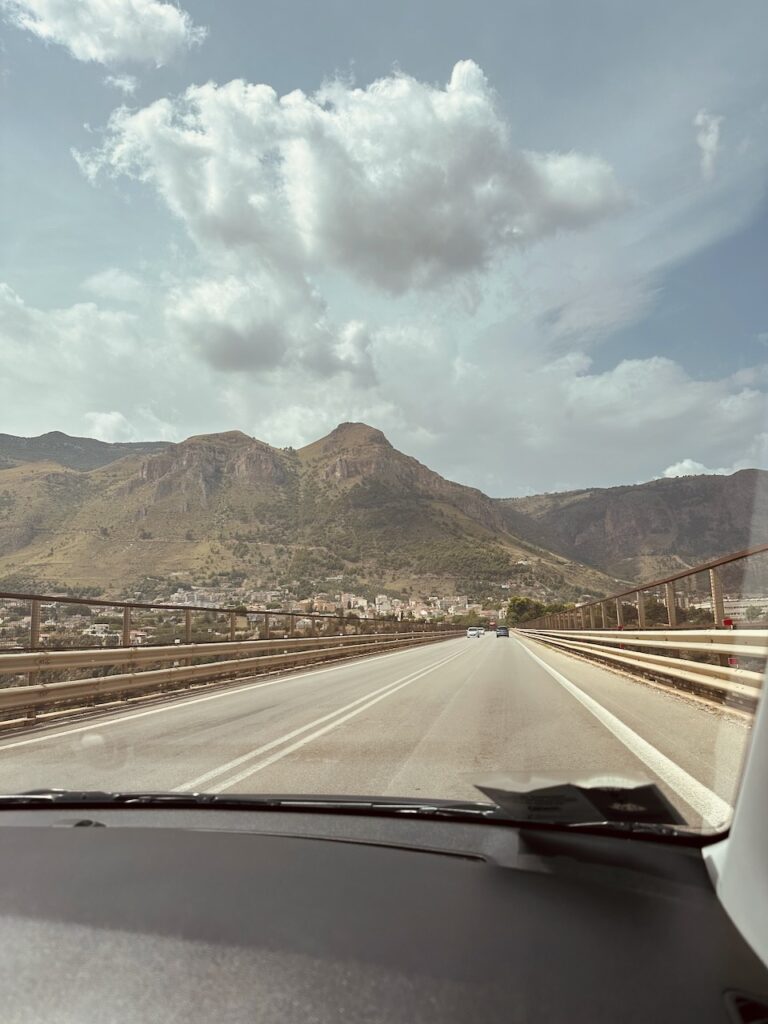
Speed at Your Own Risk
Speed limits are fairly straightforward. 30 kph near schools and town centers, 50 kph in town, and 110-130kph on main roads and motorways as marked. If you find yourself alone on the road, follow the posted speed limits to avoid tickets (Italy has lots of traffic and speed cameras…even on country roads where you least expect them). If the odd driver pulls up close to your bumper and honks (this will happen often), give them room to go around. That said, in dense traffic that is consistently traveling over the speed limit, going slow can be a hazard on the road, so maybe consider picking up the pace. While we would never encourage speeding, if all the locals are moving fast it probably means they know there isn’t a speed camera in that area.
Hesitation Doesn’t End Well on Sicilian Roads
Have you ever seen that person in a car who is obviously lost, driving slowly and erratically? In Sicily, don’t be that person! Sicilian traffic is aggressive and relies on a degree of predictability to keep everyone safe. If you miss your turn, take the long way around. Or if you are lost, pull over to the side of the road to fiddle with your phone. And whatever you do, don’t suddenly slam on your breaks to make that last-minute turn unless you want to carry your bumper in the back seat of your tiny Fiat for the remainder of your trip.
Let Google Maps be Your Guiding Light
Google Maps (or an alternative) is an absolute must. With all the one-way streets and construction, paper maps are just not worth the hassle. Your cheapest option is purchasing a local SIM card or eSIM for your phone vs. paying your carrier international date roaming charges. To make life easy, we use Airalo or Ubigi to purchase our eSIM. Get at least 10-20 GB for a two week trip and make sure you have this all set up before you board your plane.
Take Tolls…Sometimes
In Sicily, there are a handful of tolled roads, and unlike North America or Western Europe, they are very affordable. Maybe a few Euro, so keep some coins on hand. Most tolls will also have attendees who make change. Tolls allow you to bypass congestion and spend less time sitting in the car. However, the fastest route isn’t usually the most scenic. So also consider sometimes taking coastal roads if you have the time. You might spot a nice lookout or roadside food vendor that ends up being some of the most memorable stops on your trip.
Sticky Fingers…but Not from Gelato
Theft is prevalent throughout the major urban areas of Italy…like most countries. So don’t leave any valuables in your vehicle, especially if they are visible and not tucked away. If you must leave luggage or something large in your car, make sure it is in the trunk (or if you have a hatchback, place it under the privacy screen). Arrange this several blocks from where you ultimately park, so potential thieves are not aware you have items in your car.

